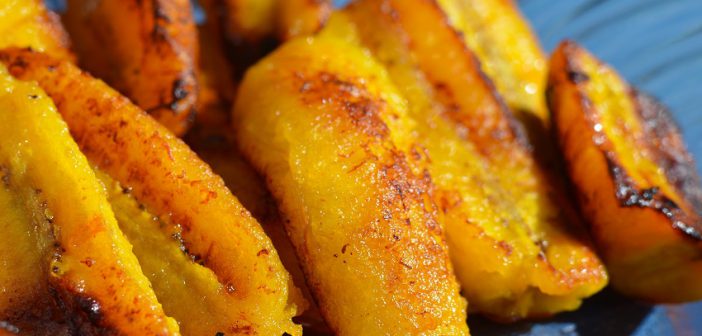Did you know that using the wrong kind of cinnamon can ruin the taste of your dish?
If you’ve ever baked a cake or made a curry that didn’t taste quite right, it could be because you used the wrong type of cinnamon. Even the most avid baker or cook may not know that what’s simply labeled as “cinnamon” on the jar doesn’t tell the whole story.
So to get the best flavor out of your dishes, you need to know the key differences in Ceylon vs Saigon cinnamon. Each of these spices has a different flavor profile that will add a different nuance to your food.
Want to learn how to perfect your dishes using the right spice? Read on to learn all about the differences between Ceylon and Saigon cinnamon!
Origin and Plant Species
While these two cinnamon plants come from the same genus, they are actually different plant species that are found in different countries.
Ceylon cinnamon gets its name because it comes from Sri Lanka, which used to be called Ceylon. It comes from an evergreen plant called Cinnamomum verum. This plant is native to Sri Lanka and the south of India.
Meanwhile, Saigon cinnamon originates from Vietnam and is also found in abundance throughout southeast Asia. Saigon cinnamon comes from an evergreen tree called Cinnamomum loureiroi. This tree is indigenous to the mainland of southeast Asia.
While Saigon cinnamon is a type of cassia (Chinese Cinnamon), Ceylon cinnamon is classified as true cinnamon.
Flavor Profiles
Saigon cinnamon has a higher percentage of cinnamaldehyde than Ceylon cinnamon does. Cinnamaldehyde is what gives cinnamon its strong taste and aroma.
Since Ceylon cinnamon has less cinnamaldehyde, it has a more subtle flavor profile. One of the top Ceylon cinnamon tips is to use it if you don’t want to overpower your food with cinnamon but still want to taste it in your dish.
Ceylon vs Saigon Cinnamon in Dishes
Since these two types of cinnamon have different flavor profiles, you’ll want to use them in different types of cooking depending on what the cuisine calls for.
As a Saigon cinnamon guide, use it in recipes that call for cassia (Chinese cinnamon). These include recipes with Chinese 5 spice powder and when making Vietnamese pho.
As a basic Ceylon cinnamon guide, use it for the most authentic Mexican and Southeast Asian dishes, as well as desserts like chocolate and churros.
Amp up Your Food With the Right Type of Cinnamon
When you know the differences between Ceylon vs Saigon cinnamon, you’ll be able to add much more nuance to your dishes.
Best of all, you’ll be able to use the right type of cinnamon for the type of cuisine you’re making. This can help you get that authentic taste if you haven’t been able to get the recipe quite right before.
For even more culinary tips and tricks, be sure to check out more blog posts from our food and drink category!




